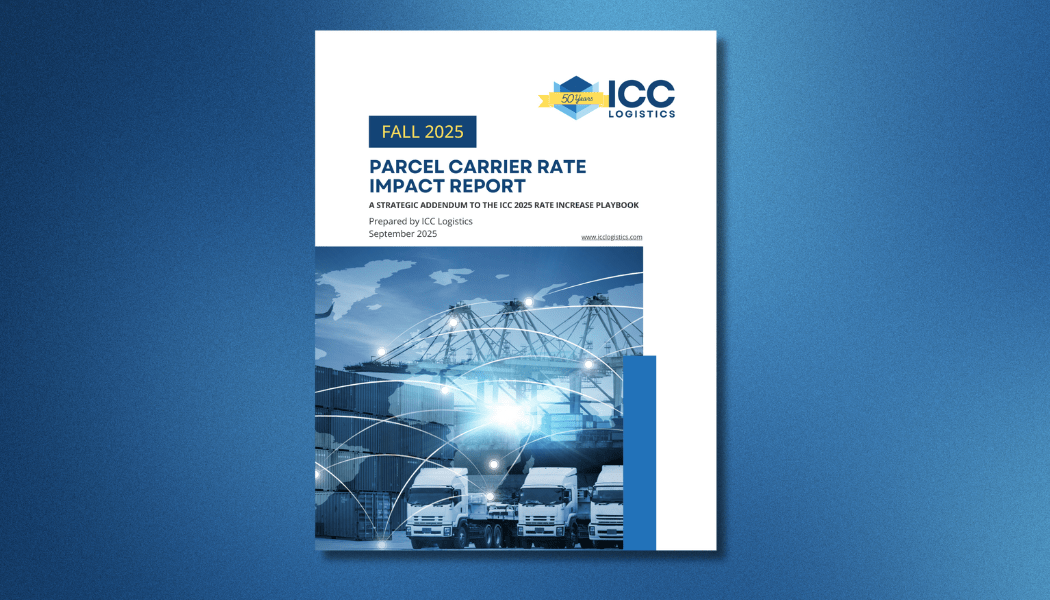Originally published on Logistics Strategies Substack
Ocean rates are spiking. FedEx and UPS are closing facilities. Global energy chokepoints remain in the headlines.
Carriers are consolidating. Tariffs are reshaping trade. And peak-season volatility is hitting early.
Shippers can’t afford to wait.
Here’s what we’re watching and what it means for your bottom line.
Surge in Ocean Freight Rates
Spot container rates soared in early June:
- Far East → U.S. West Coast: +88%
- Far East → East Coast: +67%
Why this matters:
Ongoing tariff uncertainty and tightening peak-season capacity are fueling price volatility. Whether you ship under FAK, named-account, or spot terms, you will likely feel the impact.
Rate hikes are expected to persist into July due to port congestion and equipment shortages, especially in Southeast Asia.
Action:
Now’s the time to revisit invoices, not just contracts.
Many importers and exporters don’t realize they have up to three years to reclaim overpayments from carriers and NVOCCs.
Tip: Under U.S. Federal Maritime Commission regulations (46 U.S.C. § 41301–41309), you may be entitled to refunds on past billing errors.
Oil Flow Continues, But Tensions Persist
As of late June 2025, the Strait of Hormuz remains open despite rising regional tensions. Iran’s non-binding resolution to consider closure is stoking uncertainty, making this a key area to monitor in Q3.
Why this matters:
Even in the absence of direct action, the threat has already:
- Prompted rerouting and naval monitoring across the Gulf
- Triggered oil market volatility
- Increased shipping insurance premiums
Action:
- Review your fuel exposure and key shipping routes
- Build flexibility into lead times and energy cost projections
- Assess maritime risk coverage and add contingencies into Q3 planning for any routes influenced by Gulf energy flows
FedEx Shake-Up: Network Cuts & Trade Fallout
FedEx Q1 Misses Forecast
FedEx lowered its Q1 earnings outlook (EPS $2.90–$3.50 vs. $3.83 expected), citing:
- Ongoing U.S.–China trade pressure
- The end of the de minimis exemption for sub-$800 imports
- A 35% capacity cut on Asia–U.S. lanes
- An estimated $170M revenue impact
FedEx Network 2.0 Accelerates
FedEx also closed 100 Express/Ground stations and merged 63 more as part of a sweeping Network 2.0 overhaul. The goal: $2 billion in savings by FY2027 through consolidation and delivery efficiency.
Why this matters:
FedEx is prioritizing high-margin shipments and domestic service speed, pulling away from volatile global lanes. For shippers, this means:
- Regional disruptions in pickup/delivery windows
- Pricing shifts based on zone realignment
- Less reliability for time-sensitive Asia-origin freight
And critically, FedEx is emphasizing profitability over volume, meaning low-margin shippers may face contract renegotiations, reduced service priority, or dropped discounts.
Action:
Reassess carrier mix and lane-level performance, especially for international and multi-stop deliveries. Audit accessorials and delivery guarantees for signs of hidden shifts.
Even if you haven’t seen a disruption yet, changes are coming.
UPS Restructuring Gains Momentum
UPS continues its multi-year cost-cutting initiative, recently announcing:
- 200 U.S. facility closures planned by 2028
- Hundreds of layoffs across regional hubs
- Deeper investments in automation and high-efficiency routing
Why this matters:
UPS is playing catch-up on margins and speed. As networks consolidate, service consistency may vary, and peak-season strategy could shift by region.
UPS is also testing new route optimization tools, which could affect time-in-transit performance and predictability during Q3, especially in densely populated zones.
Action:
- Evaluate your regional coverage and zone-based pricing.
- Review backup carrier agreements and be prepared to shift volume quickly if service quality dips in high-traffic lanes.
Curious What You Could Be Missing?
We’re offering a free, no-obligation shipping analysis to uncover overlooked opportunities, overcharges, or inefficiencies across parcel, freight, and ocean lanes.
No contracts. No commitments. Just clarity.
[Request Your Free Logistics Assessment Today]



 to receive our FREE white papers:
to receive our FREE white papers: